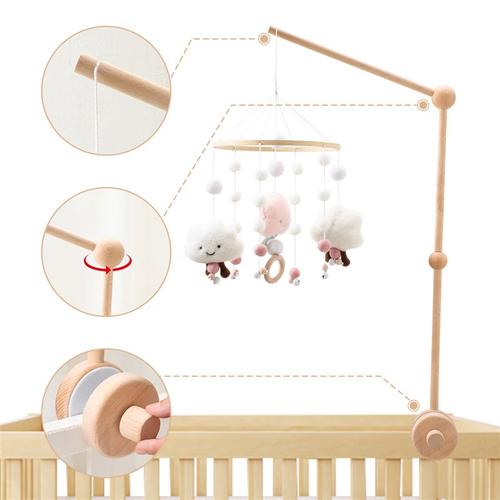
Understanding Bed Bites: A Comprehensive Guide
Have you ever woken up with mysterious red marks on your bed? These could be bed bites, and they’re more common than you might think. In this article, we delve into what bed bites are, how they occur, and what you can do about them.
What Are Bed Bites?
Bed bites, also known as bed bug bites, are caused by the bites of tiny insects called bed bugs. These insects are nocturnal and typically feed on human blood. Bed bugs are reddish-brown, flat, and oval-shaped, and they can be as small as a sesame seed.

How Do Bed Bites Occur?
Bed bugs are most active at night, and they usually feed on their hosts while they are sleeping. They inject an anesthetic and an anticoagulant into the skin to make the feeding process painless. This is why you might not feel the bite until the morning.
Bed bugs are often found in areas where humans sleep, such as beds, sofas, and curtains. They can also be found in cracks and crevices in walls, floors, and furniture.
Identifying Bed Bites
Bed bug bites can be identified by their appearance. They are usually red, itchy, and can be found in clusters. The bites can vary in size, and they may appear in a line or a zigzag pattern.
It’s important to note that bed bug bites can be confused with other types of bites, such as those from mosquitoes or fleas. However, bed bug bites are typically more itchy and can cause a more severe allergic reaction.

Preventing Bed Bites
Preventing bed bugs is the best way to avoid bed bites. Here are some tips to help you keep bed bugs at bay:
| Prevention Tip | Description |
|---|---|
| Regularly Inspect Your Bed | Check your bed for signs of bed bugs, such as shed skins, eggs, and fecal matter. |
| Keep Your Bedding Clean | Wash your bedding in hot water and dry it on high heat to kill any bed bugs that may be present. |
| Seal Cracks and Crevices | Seal any cracks or crevices in your bedroom where bed bugs might hide. |
| Use Bed Bug Proof Mattress Encasements | Encasements can prevent bed bugs from getting into your mattress and box spring. |
Dealing with Bed Bites
If you suspect you have bed bugs and have been bitten, there are several steps you can take:
-
Clean the affected area with soap and water to prevent infection.
-
Apply a hydrocortisone cream or calamine lotion to reduce itching.
-
Keep the affected area clean and dry to prevent infection.
-
Consider seeking medical attention if you have a severe allergic reaction.
Professional Help
Bed bugs can be difficult to eliminate on your own. If you suspect you have a bed bug infestation, it’s best to seek professional help. Professional exterminators have the knowledge and tools to effectively eliminate bed bugs from your home.
Remember, bed bugs are a common problem, and they can be dealt with. By understanding what bed bites are, how they occur, and how to prevent and deal with them, you can protect yourself and your home from these pesky insects.



